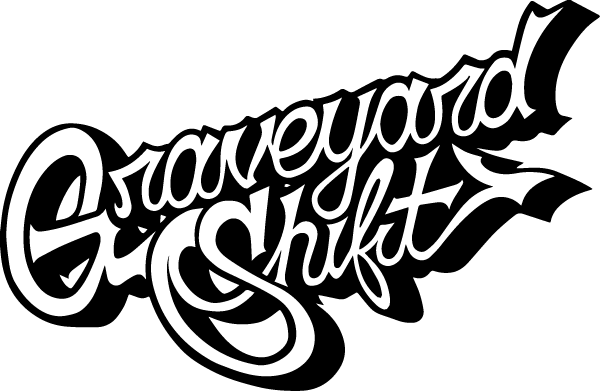The Evolution and Disappearance of Fashion Subcultures Today
Fashion has always been more than the clothes we wear. It’s a reflection of our identity, values, and the times we live in. But where have all the distinct fashion subcultures gone? Have they truly disappeared, or have they evolved into something unrecognizable? Let’s dive into the transformation of fashion subcultures in today’s world.
Understanding Fashion Subcultures
Fashion subcultures are groups of people who express their distinct identity and beliefs through unique styles. Historically, these subcultures were strongly tied to music, social movements, and even political ideologies. Examples of these include:
- Punks: Known for their rebellious attitude, punks donned leather jackets, mohawks, and an array of DIY aesthetics.
- Goths: Often draped in black, goths expressed their fascination with the darker aspects of life through their clothing and makeup.
- Hippies: Celebrating peace and love, hippies favored bohemian styles, tie-dye fabrics, and natural fibers.
The Digital Age: A Double-Edged Sword
The advent of the internet and social media has brought about significant changes in how fashion subcultures develop and disseminate. Platforms like Instagram, TikTok, and Pinterest offer a global stage for fashion trends to explode overnight. While this digital exposure allows for greater creativity, it also means that:
- Subcultures get diluted quickly: Once a unique style goes viral, it often loses its original essence as it’s adopted by the mainstream.
- Fast fashion capitalizes: Brands quickly replicate and mass-produce these trends, making it harder for subcultures to maintain their exclusivity.
The Role of Influencers
Influencers today hold significant power in foregrounding what’s ‘in’ and what’s ‘out.’ The celebrity endorsement of niche styles can swiftly transform an underground look into the next big mainstream fashion. This shift often leaves the original subculture members feeling alienated from their once-unique identity. While influencers promote diversity in style, they also contribute to the homogenization of fashion subcultures.
Societal Changes Impacting Fashion
Our world has witnessed several cultural shifts that have indirectly influenced the decline of distinct fashion subcultures. These include:
- Globalization: Exposure to different cultures has led to a blend of styles, where boundaries between subcultures blur.
- Inclusivity Movements: Advocating for individual expression, these movements have promoted personal style over group conformity.
- Sustainability Concerns: Ethical fashion choices emphasize timeless pieces over transient trends, affecting subculture-specific attire.
The Rise of ‘Chameleon’ Fashion
The contemporary fashion scene celebrates versatility. People are no longer confined to a single subculture but often borrow elements from various styles to create unique looks. This fluidity has given rise to the term 'chameleon fashion,' where individuals embody multiple fashion identities.
What Defines ‘Chameleon’ Fashion?
In essence, chameleon fashion is characterized by:
- Adaptability: Individuals mix and match influences to fit different occasions and moods.
- Cross-Cultural Inspiration: Designers and fashion enthusiasts draw upon global fashion trends, transcending traditional subcultural boundaries.
- Personal Expression: Emphasis on personal storytelling through clothing, rather than adhering to a group identity.
Is There Hope for Modern Subcultures?
Despite the blending and evolution, some modern subcultures are emerging and maintaining their uniqueness. Digital platforms provide communities with the space to foster niche identities while still connecting globally. Examples include:
- Nerdcore Fashion: Celebrating geek culture with apparel inspired by video games, comics, and anime.
- Health Goth: Combining gothic aesthetics with athletic wear, merging functionality with style.
- Cottagecore: Romanticizing rural life, this trend focuses on vintage-inspired clothing with a touch of fairy-tale elegance.
The Power of Connection
Modern subcultures thrive by leveraging online communities to share inspirations, DIY tips, and style guides. These digital collectives allow enthusiasts to feel part of a tribe, even if geographically dispersed. The sense of belonging and shared values remains a core aspect of any subculture, irrespective of its evolution or medium of expression.
Conclusion: Embracing the New Fashion Landscape
The disappearance of traditional fashion subcultures doesn’t signify the end of unique fashion identities. Instead, it marks a transition towards a more fluid, interconnected, and versatile landscape. The influences of digitalization, societal changes, and individualism are reshaping how we perceive and practice fashion.
While it may seem that distinct subcultures are fading, they are instead evolving and adapting to the modern age. As we move forward, the essence of fashion as a tool for self-expression continues to thrive, albeit in a new, more dynamic form.
What do you think about the evolution of fashion subcultures? Do you see new trends emerging that promise distinctiveness? Share your thoughts in the comments below!
```
